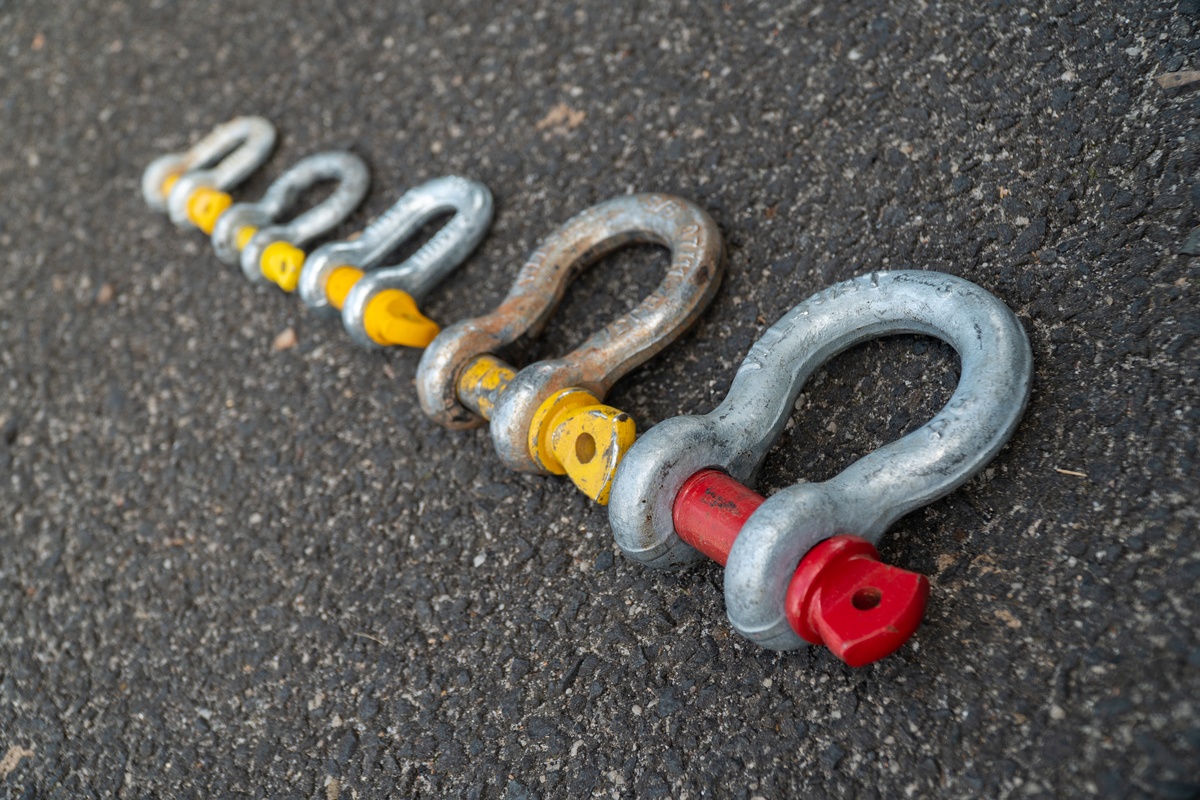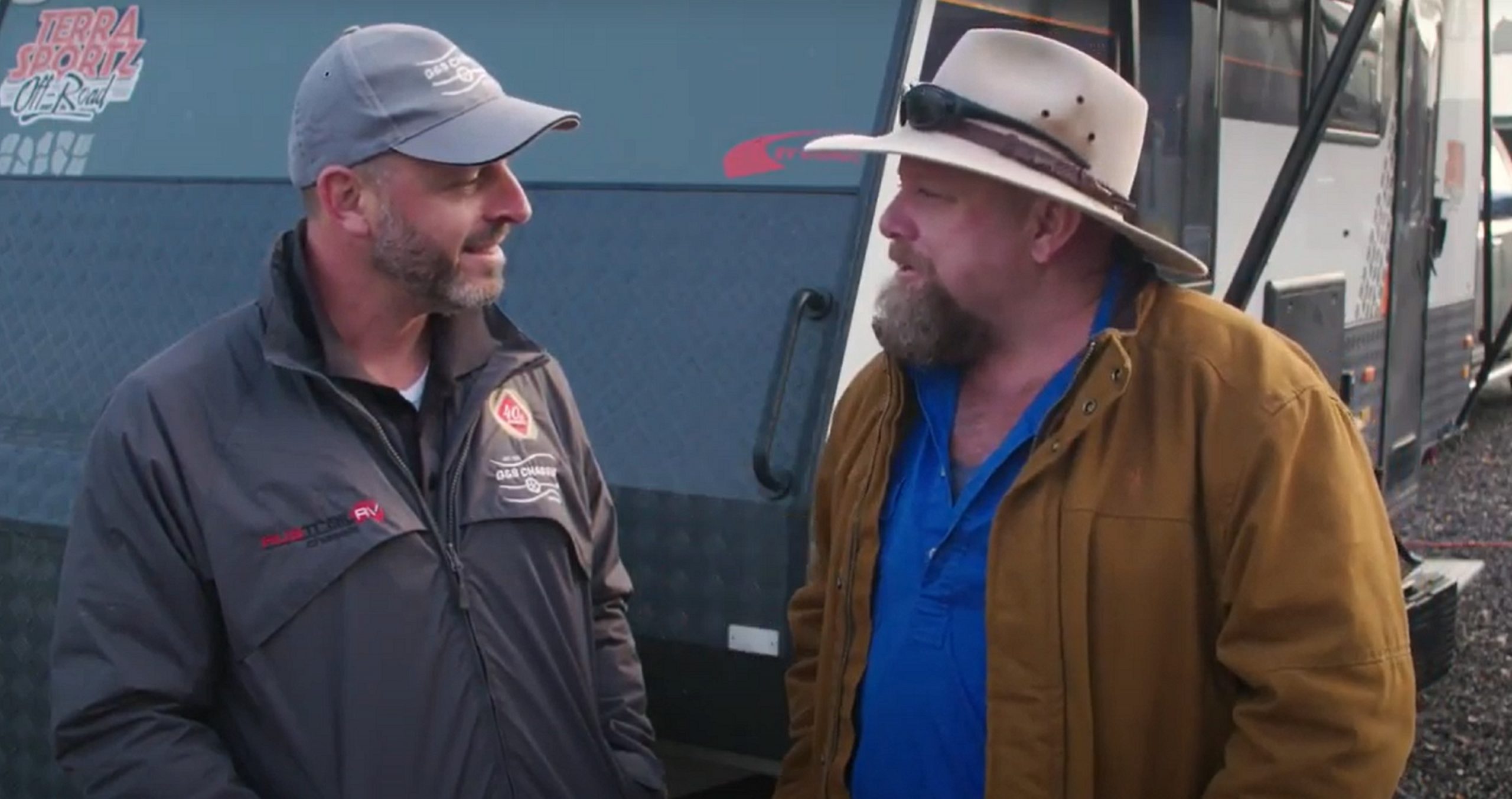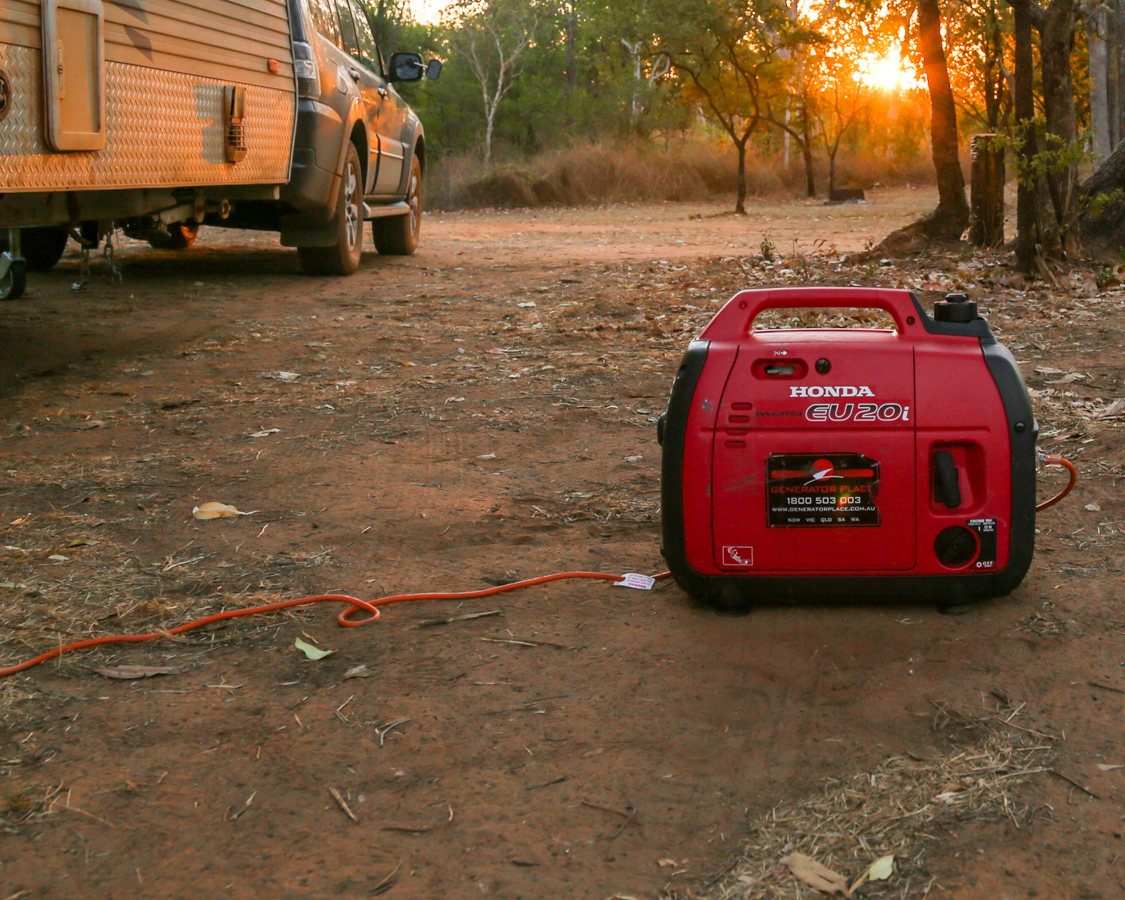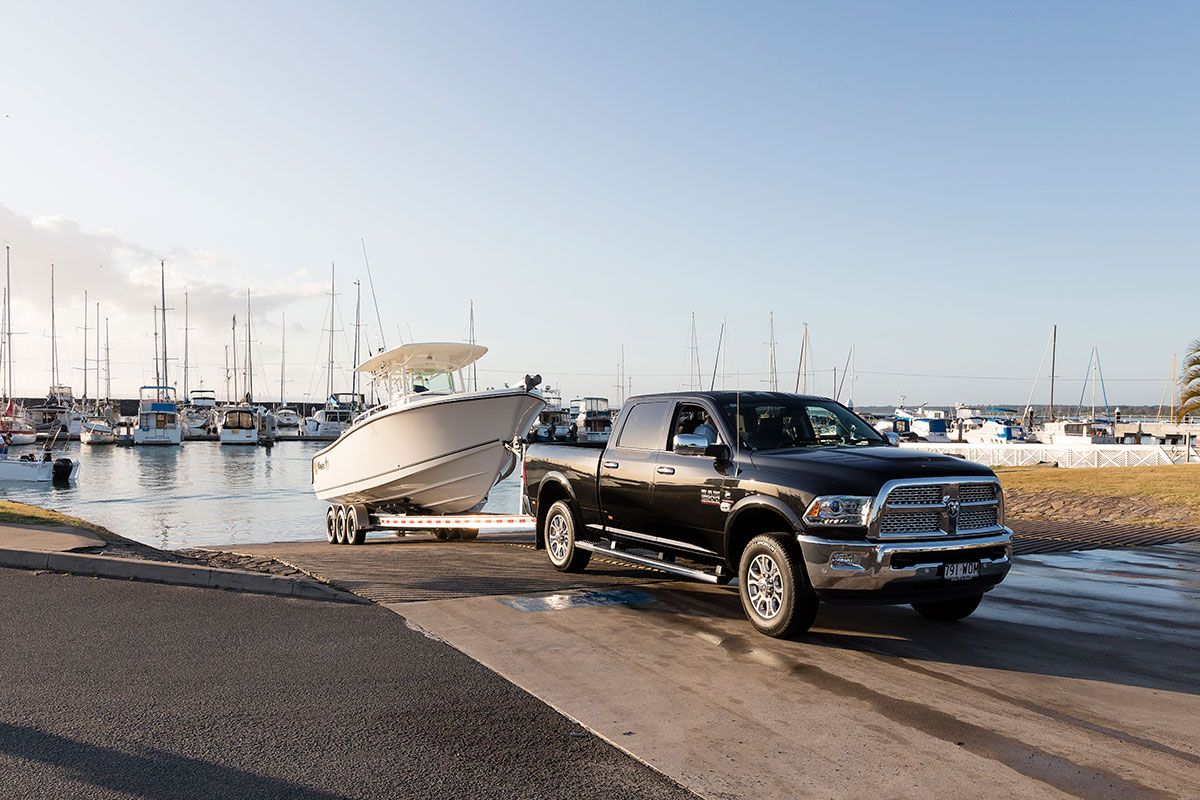Those little devices that connect caravan safety chains to a tow vehicle, aka shackles, seem to be either taken for granted or on some occasions cause confusion in the Recreational Vehicle world.
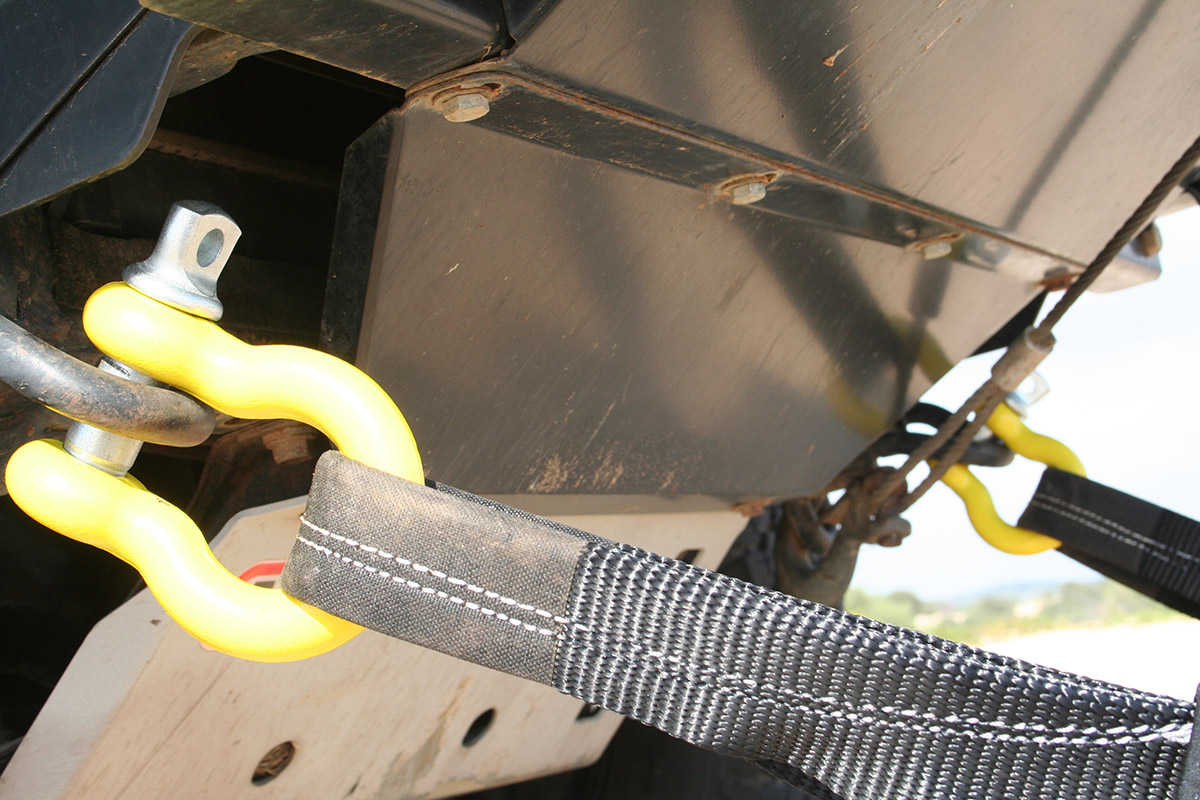
For the most part, shackles are a very minor part of caravan towing, indeed most spend their entire working life just being connected or disconnected with few ever being called on to keep a tow vehicle and caravan connected together in the event the tow hitch becomes disconnected. Although shackles have a relatively minor role, there is something of a problem in knowing how they are rated, whether they comply with the relevant standard and how the purchaser knows what they are getting.
Safety chains on a caravan have a standard – AS 4177.4.2004 – but shackles do not. The closest to a standard for shackles is Australian Standard 2741-2002, which is a standard used mostly by the building industry and lifting applications. Rated shackles complying to this standard are marked with what is known as a Working Load Limit (WLL). The WLL rating is for a static load, not a jerk applied if a hitch fails and your safety chains are called into action.
The fact that rated shackles complying with 2471-2002 are stamped with a WLL in kilograms can be confusing. Although commonly assumed, the rating does not represent the minimum requirement for safety chains used when towing.
All is not lost however as the Administrator of Vehicle Standards/Australian Motor Vehicle Certification Board, which issues all kinds of Circulars on Australian Design Rule motor matters, has issued Circular 0-1-3 on Safety Chain Connection Devices for Road Trailers up to 3500kg.
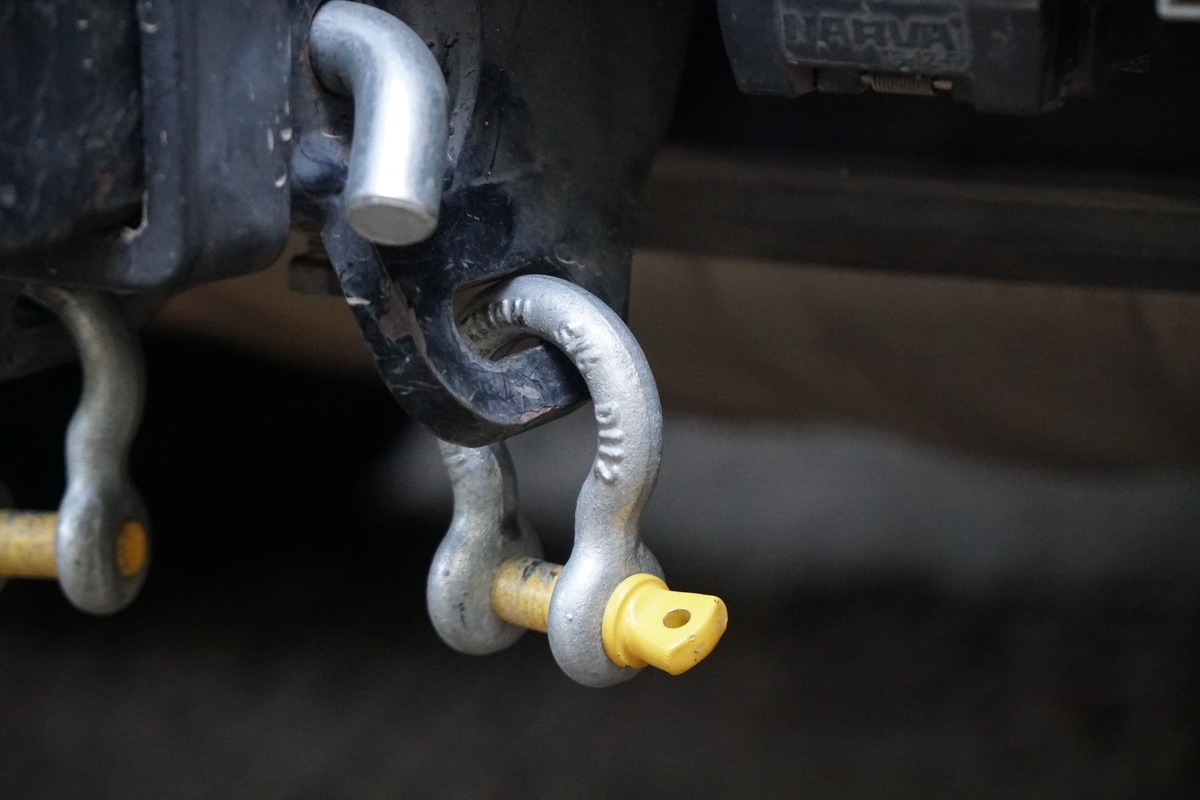
It also states that the shackle should have a manufacturer’s identification, quality or grade, WLL and identification marking to trace the shackle to a test certificate. Which is where things get tricky for the caravan owner trying to do the right thing. There is no legal obligation to comply with the circular, certainly not on the part of the manufacturer/importer. A shackle that carries no markings won’t help the purchaser at all. The best advice here is to purchase a rated shackle from a reputable outlet, rather than on the internet.
However, there is one helpful item in Circular 0-1-3, a table showing how AS 2741-2002 can relate to caravan/trailer ATM. You’ll note the ATM ratings are considerably higher than the WLL ratings for the same size shackle.
[table id=16 /]
For most caravan owners, it’s the last two categories that will apply.
Maintenance on shackles doesn’t amount to much. Mostly making sure they can be tightened and loosened by hand without difficulty. Seized shackles can often be loosened with the help of WD-40 but to minimise dust and dirt problems it should be wiped cleaned afterwards and not left in damp places for extended periods or places where they can attract dirt and dust on the threads.
A couple of handy tips: When fitting rated shackles to your vehicle, make sure they sit loosely in the hole and do not bind. Ensure they will not catch anything should load or strain be applied. Another is to run a soft wire through the eye of the shackle bolt and around the body of the shackle. This will allow you to easily see if the pin has loosened, requiring tightening.
MEET THE AUTHOR

Malcolm Street
Malcolm Street began caravanning in the early 1970s, first in a Viscount and later in a York, the former towed by a Holden Kingswood. Malcolm has RV’d extensively across Australia, New Zealand and Britain. He became an RV journalist in 1999. Each year, he reviews around 40 caravans and motorhomes in Oz and NZ. Yes, he’s a well-travelled bloke with no shortage of campfire opinions about how a given caravan could be better put together.

